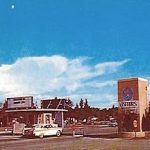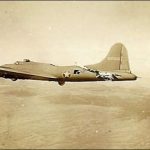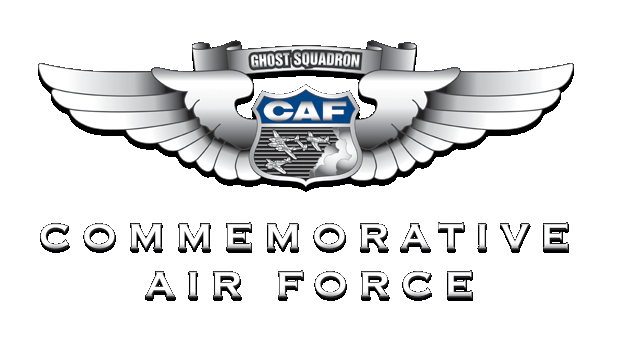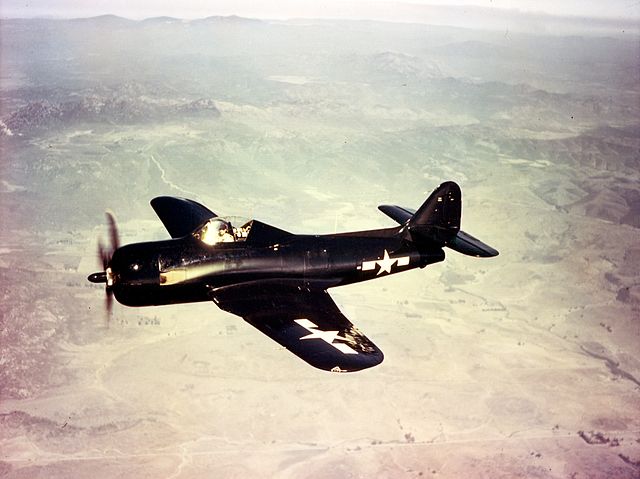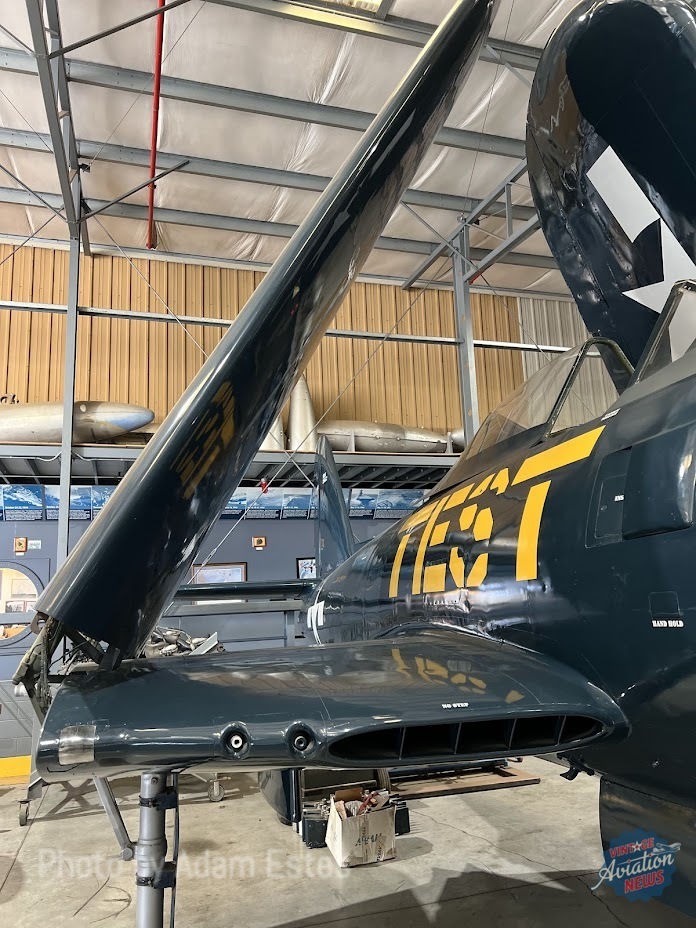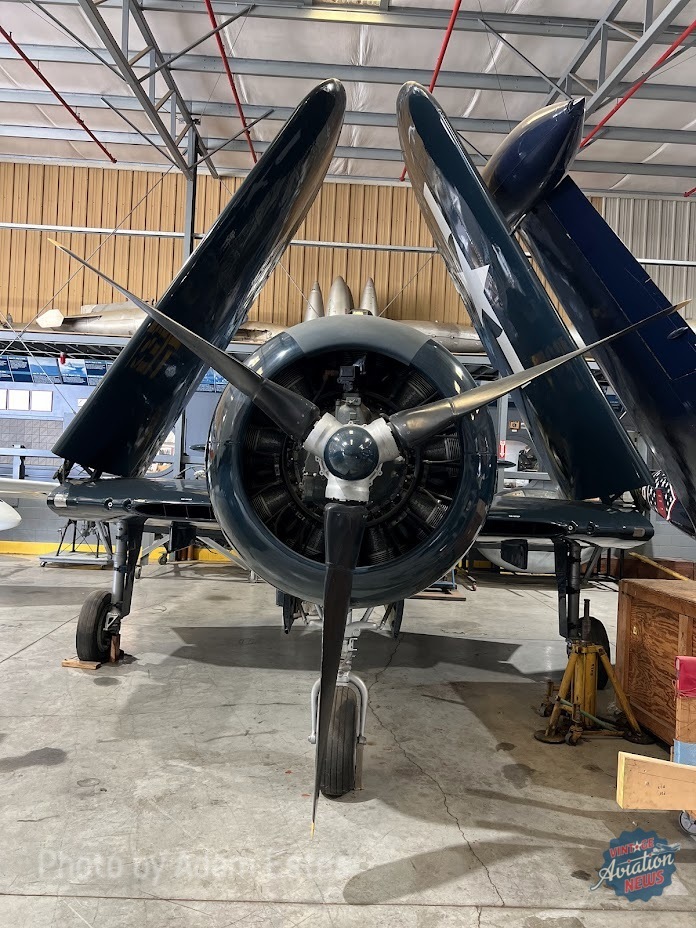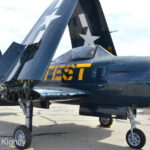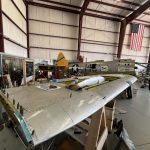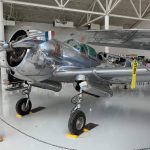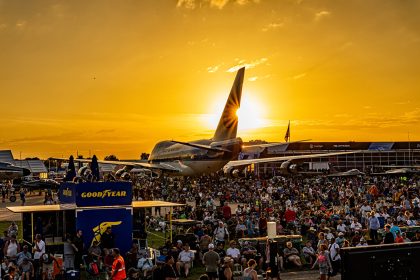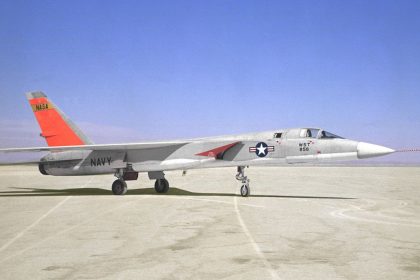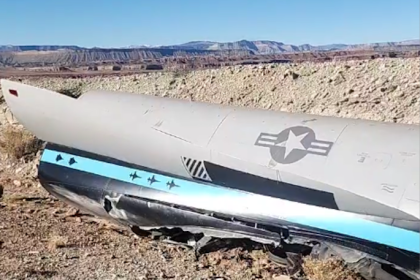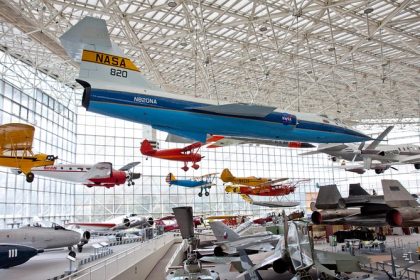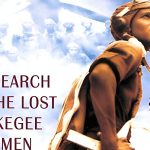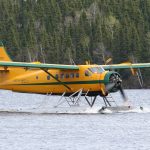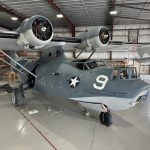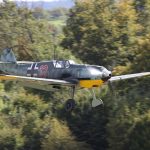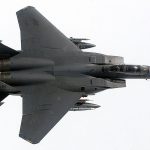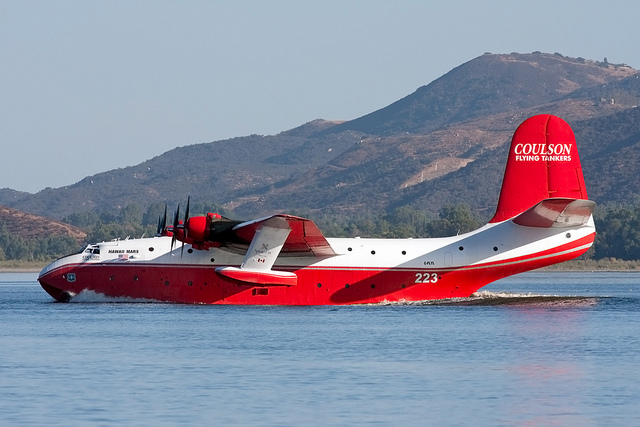
On this day in aviation history, June 25, 1944—81 years ago—the Ryan FR-1 Fireball took to the skies for the first time. This distinctive aircraft was the United States Navy’s first fighter to feature a hybrid propulsion system, combining a piston engine with a turbojet. Designed during World War II, the Fireball marked a significant step in the transition from piston-powered to jet-powered naval aviation.
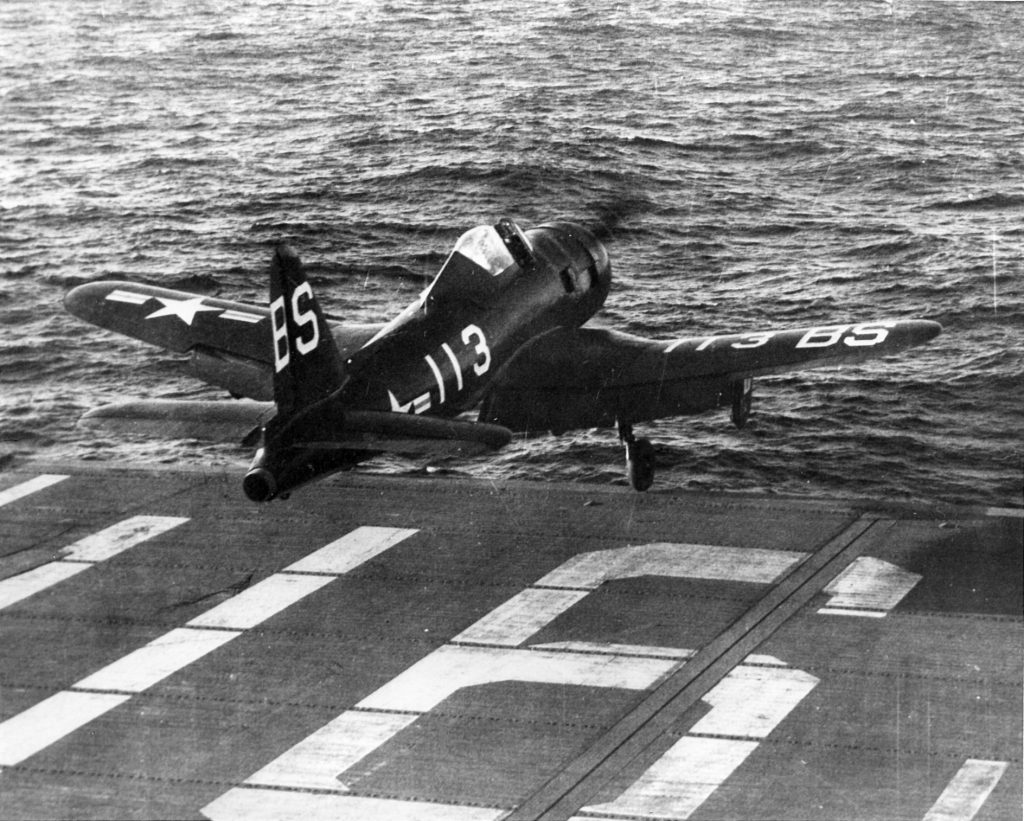
The concept for a mixed-power fighter stemmed from a proposal by Admiral John S. McCain Sr., who recognized the potential of jet propulsion but also understood the limitations of early turbojet engines, particularly their sluggish acceleration—an unacceptable shortcoming for carrier operations. To address this, Ryan Aeronautical was contracted in 1943 to develop a fighter that could harness both piston and jet power. Just 14 months later, the first two XFR-1 prototypes were delivered. On December 2, 1943, the Navy placed an initial order for 100 aircraft, followed by an additional order for 700 more on January 31, 1945. In March 1945, Fighter Squadron VF-66 was established as the first and only unit to operate the FR-1 during the war. Although VF-66 never saw combat before its disbandment in October 1945, its existence helped pave the way for future jet operations within the Navy.
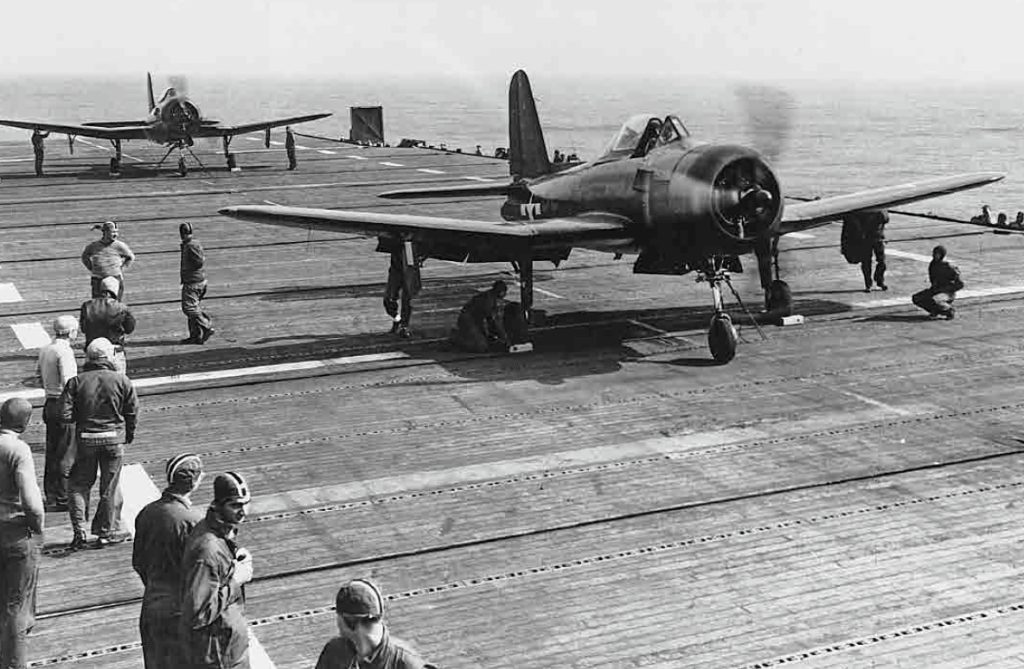
The FR-1 Fireball was powered by a 1,350-horsepower Wright R-1820-72W Cyclone radial piston engine in the nose and a General Electric J31-GE-3 turbojet engine in the tail, producing 1,600 pounds of thrust. When both engines were engaged, the aircraft could reach a top speed of 404 mph. Relying solely on the piston engine, it could still achieve 276 mph. With a service ceiling of 43,100 feet, the Fireball was well-suited for high-altitude interception. It was armed with four .50 caliber M2 Browning machine guns, and could carry up to eight 5-inch rockets or two 1,000-pound bombs under the wings.

A total of 71 FR-1s were built between 1944 and 1945. Although the aircraft suffered from reliability issues and never fulfilled its full operational potential, it served as a crucial learning platform. The Fireball introduced naval aviators and engineers to the complexities and advantages of jet propulsion, helping set the stage for the Navy’s future transition to an all-jet fighter fleet. Today, only one Ryan FR-1 Fireball survives: Bureau Number 39657. Painstakingly restored by the Planes of Fame Air Museum in Chino, California, this aircraft now serves as a static display, ensuring that this pioneering design—and the story of the Navy’s first step into the jet age—is not forgotten.



